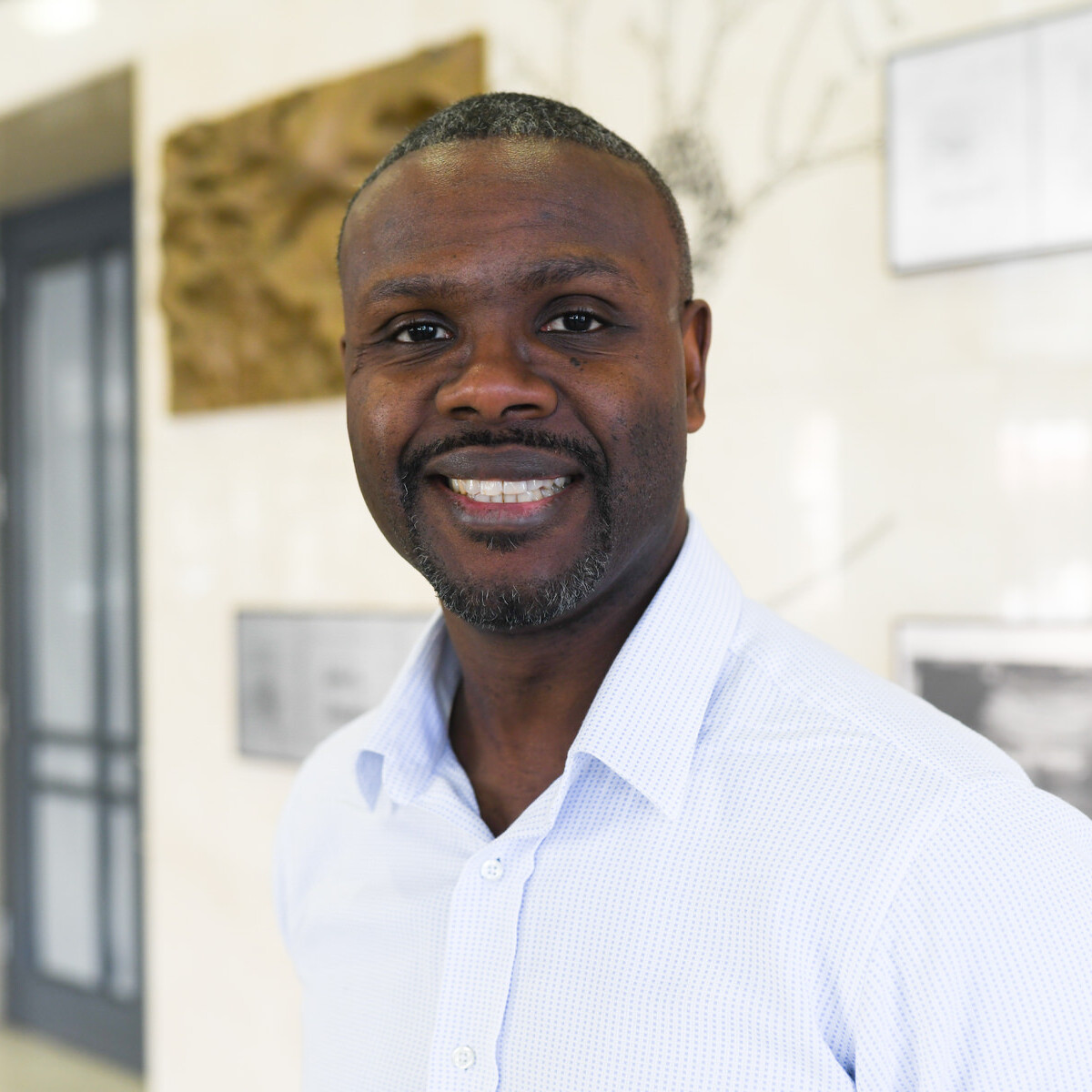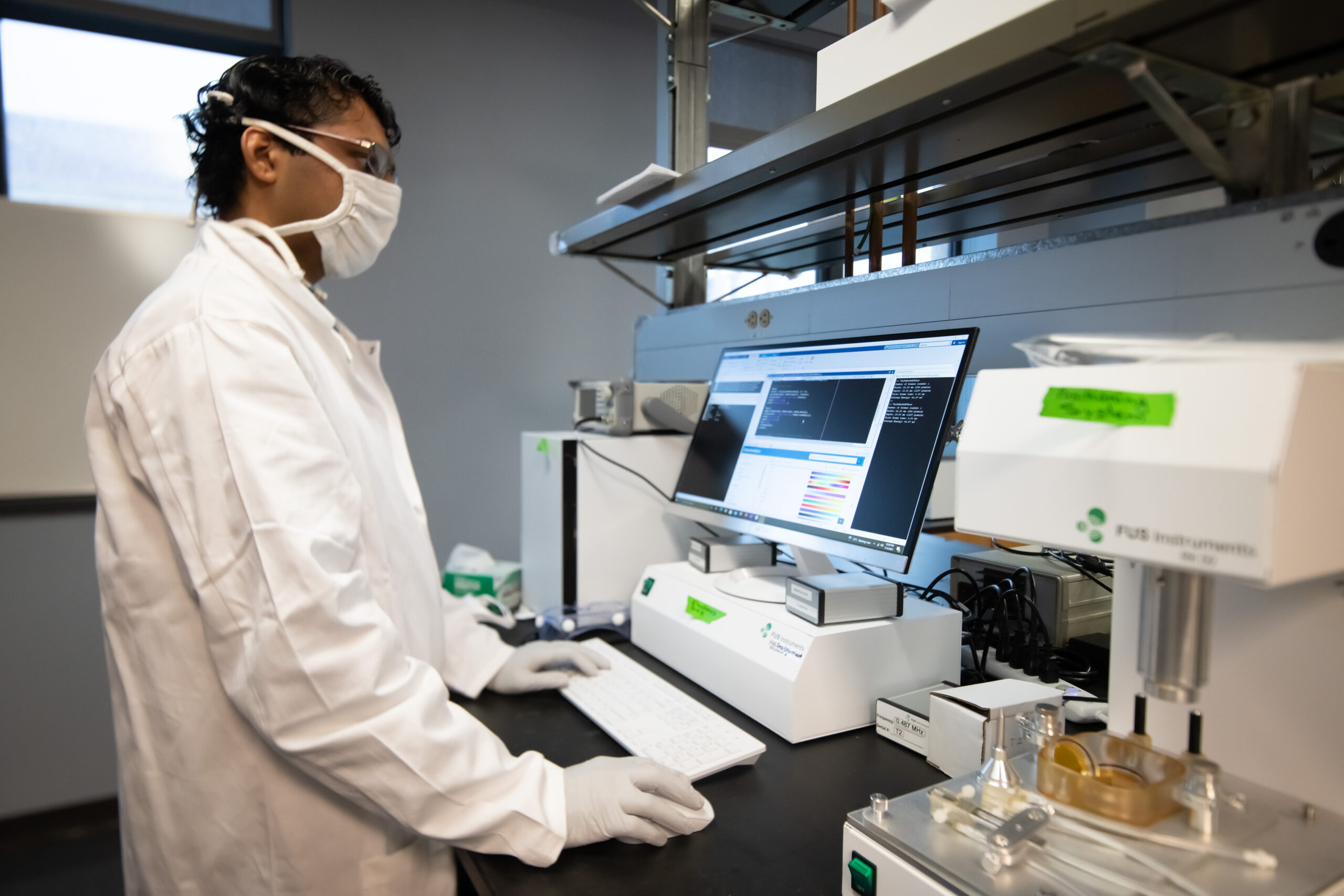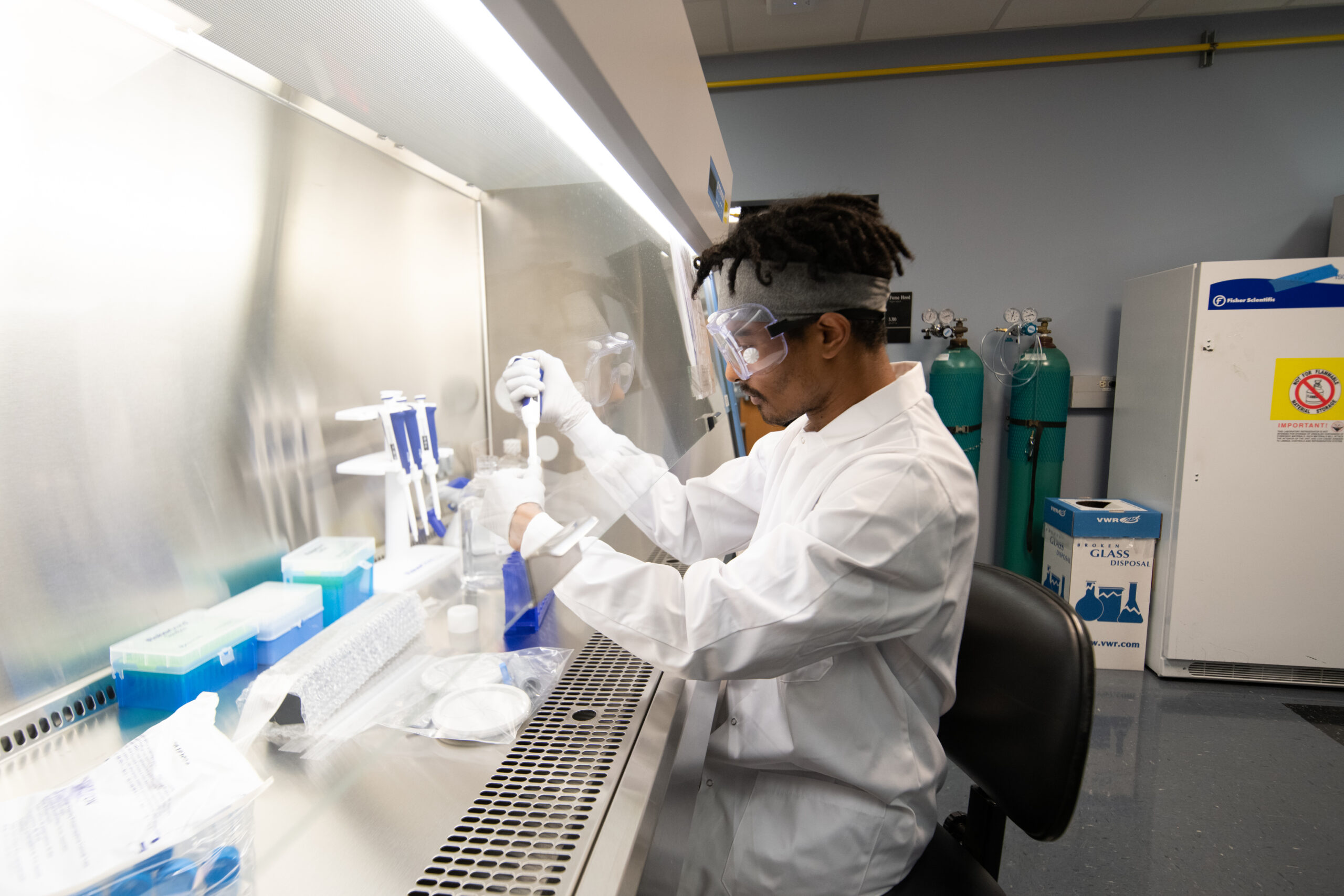By tyrone porter
When the Washington state legislature banned affirmative action in 1997, I saw firsthand a shared outrage among students and faculty at the University of Washington, where I was a graduate student at the time. I was angry too, but I wanted to channel that energy constructively, so I teamed up with some friends to start a group called the Minority Think Tank.
Our membership group was extremely diverse, a melting pot of backgrounds and ideas. All voices and opinions were heard and valued, which is a step beyond diversity toward inclusion. We proposed several diversity, equity and inclusion (DEI) initiatives that were adopted by the university. I did this while finishing up my doctoral studies in bioengineering.
Here is a critical point in this story: My research advisor was aware of my extracurricular activities and never opposed them. In fact, he supported my involvement in the fight for equity and inclusion on campus.
Now that I am in a position of greater influence, I not only want to support my students, I want to lead that fight. That’s why I’m making a significant change in my lab, and putting more of a spotlight on the diverse group of people that drive the science. My goal is to smash the false narrative that excellence must be sacrificed to achieve diversity and inclusivity and hopefully inspire others to do the same.
I hope that this effort will encourage more students to look at engineering as a career. There is an impression that engineering, and especially engineering graduate programs, are only for the intellectually elite. This perception of exclusivity discourages many creative students who are passionate about science from applying to graduate programs. Students of color also view engineering in academia as excessively competitive and unnecessarily hostile. As a result of these beliefs, many students of color either never apply to engineering programs or change majors before finishing their degree.
Engineering needs to do a better job changing these perceptions to diversify its ranks. I believe this can be achieved by communicating that diversity and inclusion are core values in engineering through as many platforms as possible. For example, I am changing the name of my lab to the Diverse Engineering Applications Laboratory (D.E.A.L.), which better reflects the diversity of projects and people within the group. The D.E.A.L. website will feature the people and their stories as much as the projects, and the group philosophy that “Diversity drives innovation, creativity, and personal growth” will be prominent. We will communicate that our differences, both culturally and academically, are our strengths. Those differences are what enable us to pursue complex and groundbreaking projects.
When I started my academic career, I pursued multidisciplinary collaborative research while working to broaden participation in STEM. However, I followed the traditional practice of highlighting the research and not the people behind it. I did work to create an inclusive environment in my research group and was intentional in establishing relationships with students of color on campus, some of whom completed research projects in my lab.
While successful on a small scale, it wasn’t enough. My DEI efforts were not designed to transform the climate in the department or in the field. I recognized achieving that goal would take a different approach capable of reaching a larger audience. I have taken some cues from peers who have proactively integrated DEI into their lab culture and teaching philosophy, and the efforts I have described are the first steps in a much larger vision.
My research group has a diverse set of projects, ranging from the use of focused ultrasound for localized drug delivery in the brain to the development of imaging strategies that can resolve blood vessels smaller than 50 µm. These projects are multidisciplinary in nature. They include concepts and methods deployed in engineering, computer science and the natural sciences to improve health care.
In my experience, groups composed of students and researchers from diverse identities and academic backgrounds tend to have the most success in these types of projects. A diverse group forces its members to challenge assumptions, whether in science or in society, and to approach problems from multiple perspectives. The diversity of a group encourages people to think differently and to be more creative, which is necessary to solve complex problems. The diversity of the group also helps people learn how to communicate their ideas to a broader audience, and an inclusive environment fosters constructive discourse and a healthy exchange of ideas. In my group, no one is “canceled.” Everyone has a voice and a seat at the table.
Lastly, I strive to mentor my students personally, as well as academically and professionally. That means spending time with each person and getting to know their values, their interests outside of science and their aspirations, as well as sharing my own. I feel that this mentoring style has attracted students and scientists from culturally diverse backgrounds to my group and helped them succeed.
If we can change how people perceive engineering, we can create a snowball effect. Encouraging more students to pursue engineering degrees and careers will show younger generations there is a place for them in this field. And this diversity will accelerate advances in science.
It’s certainly a complex problem. But we’re engineers, and there’s nothing we love more than solving a complex problem. So, let’s get to work, people.

Tyrone Porter is a professor in the Department of Biomedical Engineering at the Cockrell School of Engineering. His research aims to push the application of ultrasound technology in new and exciting directions, including immunomodulation and reversible opening of the blood-brain barrier.
Tyrone is a huge sports fan and oftentimes inserts sports trivia or current sports events into lecture content. (Remember “Deflategate” in New England? Makes for a great example problem in thermodynamics and fluid mechanics.) He’s also a movie enthusiast and has been since he first saw the original “Star Wars” trilogy. Tyrone still enjoys going to the theater to watch the movie on the big screen with surround sound and enjoys all types of movies, including independent films like “Summer of Soul”, sci-fi thrillers like “Gravity,” and films that draw attention to societal issues like “Bowling for Columbine.” Ask Tyrone about “Die Hard” — there is almost nothing he loves better than debating whether it is a Christmas movie.



